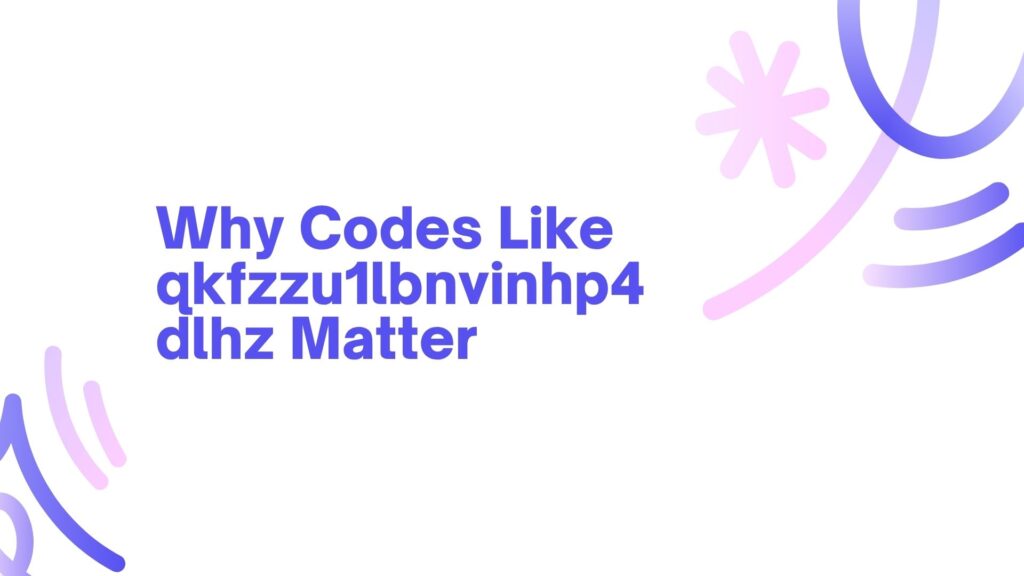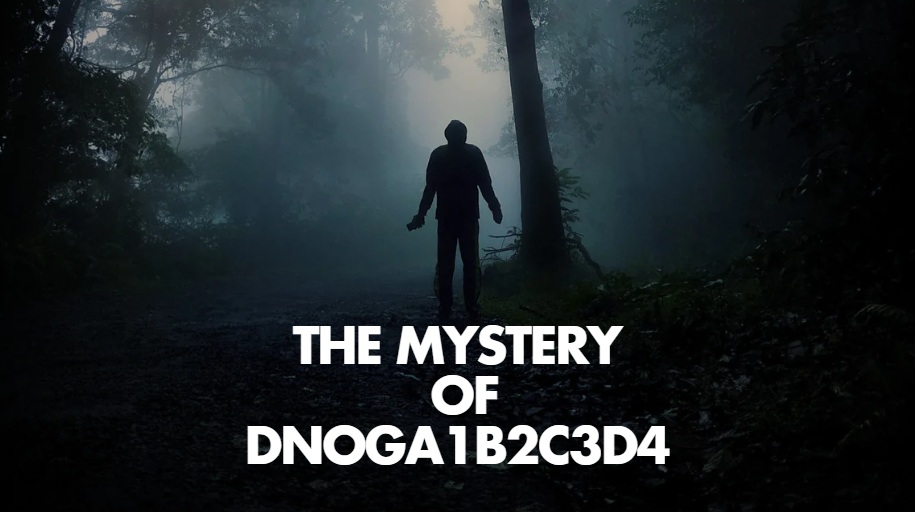In the intricate machinery of today’s digital world, obscure strings like qkfzzu1lbnvinhp4dlhz quietly power the security and efficiency we often take for granted. This cryptic sequence, blending letters and numbers, isn’t just random noise—it’s a cornerstone of modern cybersecurity, enabling everything from private browsing to secure file sharing. As we navigate 2025’s hyper-connected landscape, qkfzzu1lbnvinhp4dlhz represents the unsung brilliance of systems designed to protect and streamline our online lives.
Understanding qkfzzu1lbnvinhp4dlhz
The Art of Controlled Chaos
At its core, qkfzzu1lbnvinhp4dlhz is a meticulously crafted identifier, generated through advanced cryptographic algorithms to ensure it’s unique and unpredictable. Spanning 18 characters, it balances complexity with practicality, making it ideal for high-speed systems. Developers rely on such strings—created using secure random generators—for tasks like session tokens or access codes, as they resist pattern-based attacks. The randomness in qkfzzu1lbnvinhp4dlhz isn’t accidental; it’s a deliberate shield against hackers probing for weaknesses.
Why Its Structure Matters
The composition of qkfzzu1lbnvinhp4dlhz—lowercase letters mixed with digits—maximizes entropy while keeping it manageable for databases and interfaces. With 62 possible characters per position, it offers trillions of combinations, dwarfing the odds of guessing or collision. Its case-insensitive design simplifies processing across platforms, from mobile apps to cloud servers. This structure aligns with industry standards for secure identifiers, ensuring qkfzzu1lbnvinhp4dlhz withstands both current threats and emerging risks like quantum computing.
Real-World Uses of qkfzzu1lbnvinhp4dlhz
Securing Online Sessions
When you log into a banking app or an e-commerce site, a string like qkfzzu1lbnvinhp4dlhz often serves as your session ID, validating your actions without exposing sensitive data. These temporary codes expire quickly, thwarting attempts to hijack active sessions. Retail platforms use qkfzzu1lbnvinhp4dlhz to preserve cart contents across devices, letting you pick up shopping where you left off. This invisible layer ensures seamless experiences while prioritizing privacy, a critical feature in today’s regulatory climate.
Enabling Safe File Sharing
Cloud storage platforms rely on qkfzzu1lbnvinhp4dlhz for secure shareable links. When you send a document, the link embeds this unique code, granting access only to intended recipients and expiring after a set period. This approach protects sensitive files—like business proposals or personal photos—from unauthorized access. Teams collaborating remotely benefit from qkfzzu1lbnvinhp4dlhz, as it enables trackable, revocable sharing without compromising underlying encryption.
Driving Privacy-First Analytics
In marketing and analytics, qkfzzu1lbnvinhp4dlhz plays a subtle yet powerful role. Email campaigns use it to track clicks anonymously, aggregating data like open rates without linking to personal identities. Website owners embed similar codes in test pages to monitor user behavior, refining SEO strategies without invasive tracking. This pseudonymization aligns with privacy laws, allowing businesses to optimize campaigns while respecting user boundaries, making qkfzzu1lbnvinhp4dlhz a staple in ethical data practices.
The Cultural Buzz Around qkfzzu1lbnvinhp4dlhz
From Code to Curiosity
In 2025, qkfzzu1lbnvinhp4dlhz sparked intrigue across tech forums, where users dissected its appearances in URLs and backend logs. Some mistook it for a hidden message or glitch, while others recognized it as a standard token. This curiosity turned qkfzzu1lbnvinhp4dlhz into a minor online phenomenon, with memes poking fun at its “secret code” aura. The buzz highlights a growing public interest in the digital scaffolding behind their apps, demystifying the tech that keeps us safe.
Clearing Up Misunderstandings
Myths about qkfzzu1lbnvinhp4dlhz—such as fears it’s a tracking virus—persist among less tech-savvy users. In reality, it’s a neutral tool, harmless without malicious context. Missteps, like clicking unverified links containing such strings, can be avoided by sticking to trusted sites. For developers, best practices include rotating qkfzzu1lbnvinhp4dlhz frequently and auditing systems to catch misuse, ensuring it remains a force for good.
Challenges and Future Potential
Addressing Evolving Threats
While qkfzzu1lbnvinhp4dlhz is robust, no system is foolproof. Sophisticated attacks, like analyzing network patterns, could exploit weak implementations. Developers counter this by pairing qkfzzu1lbnvinhp4dlhz with additional encryption layers and planning for post-quantum standards. Its lightweight design suits resource-constrained devices like smart sensors, but scaling it for massive IoT networks requires careful optimization to avoid latency.
Next Steps in Innovation
The future of qkfzzu1lbnvinhp4dlhz lies in emerging tech. Blockchain-based systems could decentralize its generation, ensuring tamper-proof credentials for Web3 applications. AI might dynamically adjust its length based on real-time threat levels, enhancing adaptability. As digital ecosystems grow, qkfzzu1lbnvinhp4dlhz could anchor secure NFT transactions or virtual reality logins, keeping pace with innovation.
Conclusion
qkfzzu1lbnvinhp4dlhz may look like a jumble, but it’s a linchpin of our secure digital world, powering everything from private sessions to ethical analytics. Its quiet efficiency protects our interactions while enabling seamless experiences in 2025’s tech-driven era. By embracing qkfzzu1lbnvinhp4dlhz, we celebrate the unseen brilliance that keeps our online lives safe and connected, proving that even the smallest strings cast massive shadows.



